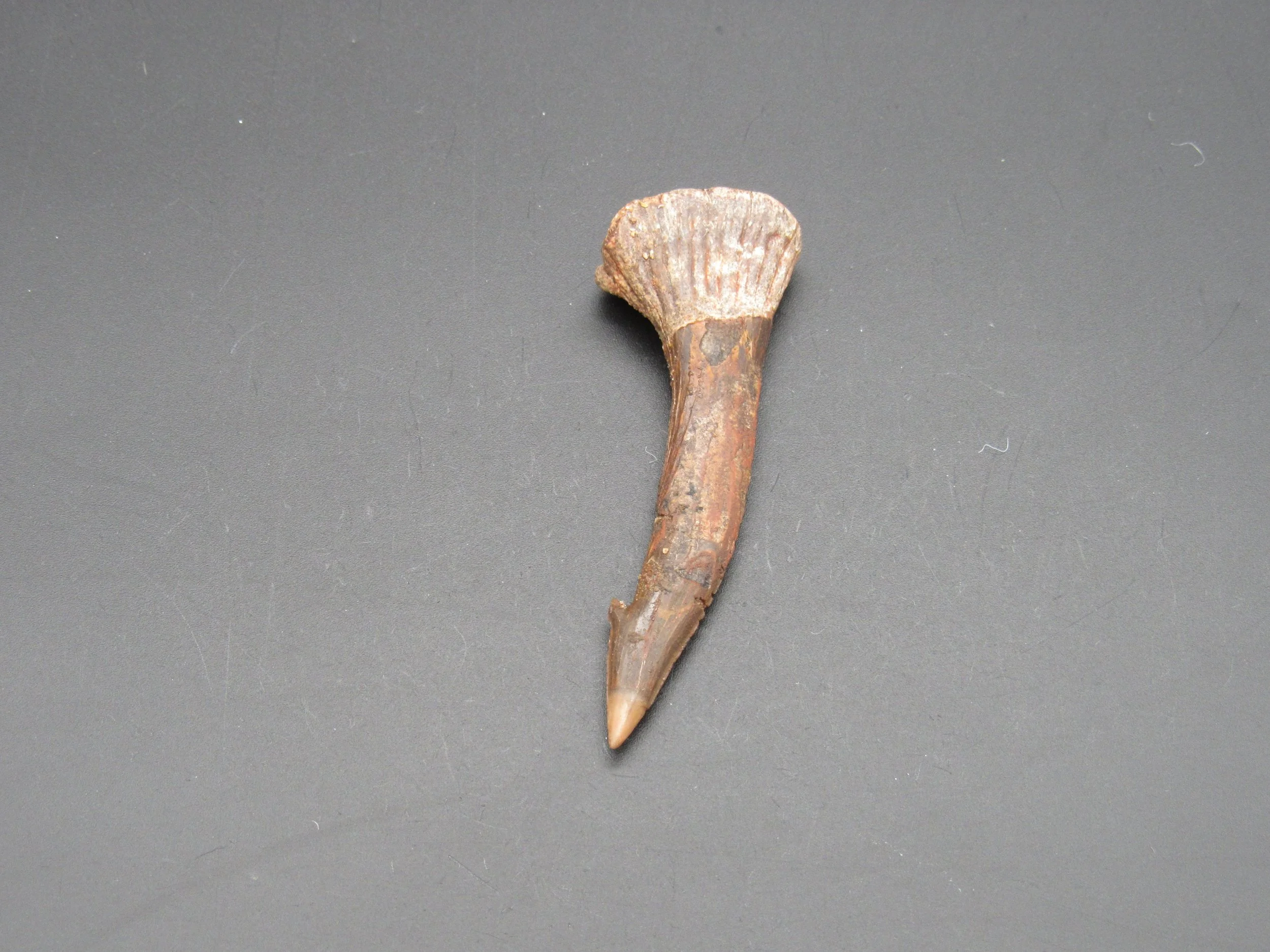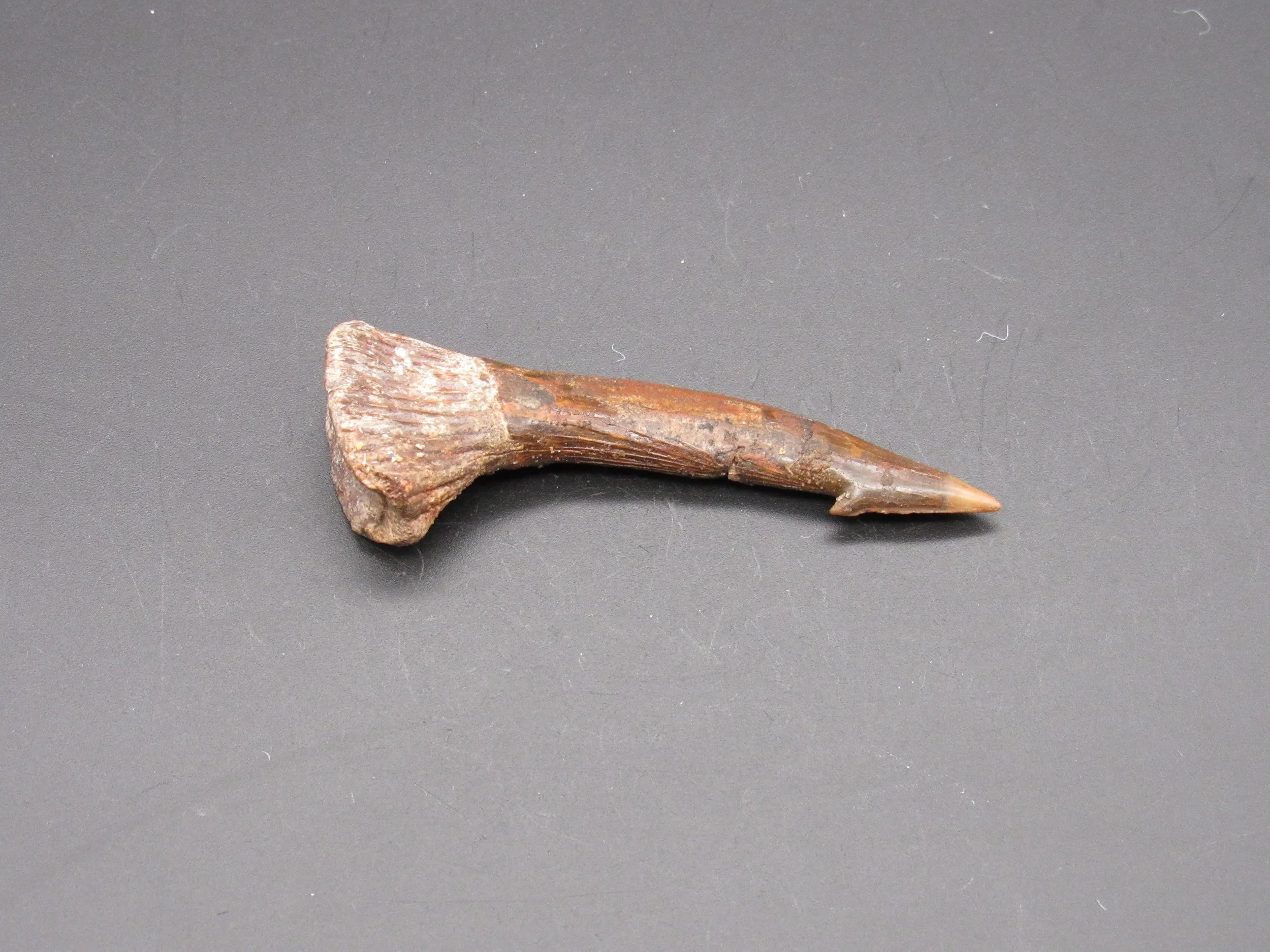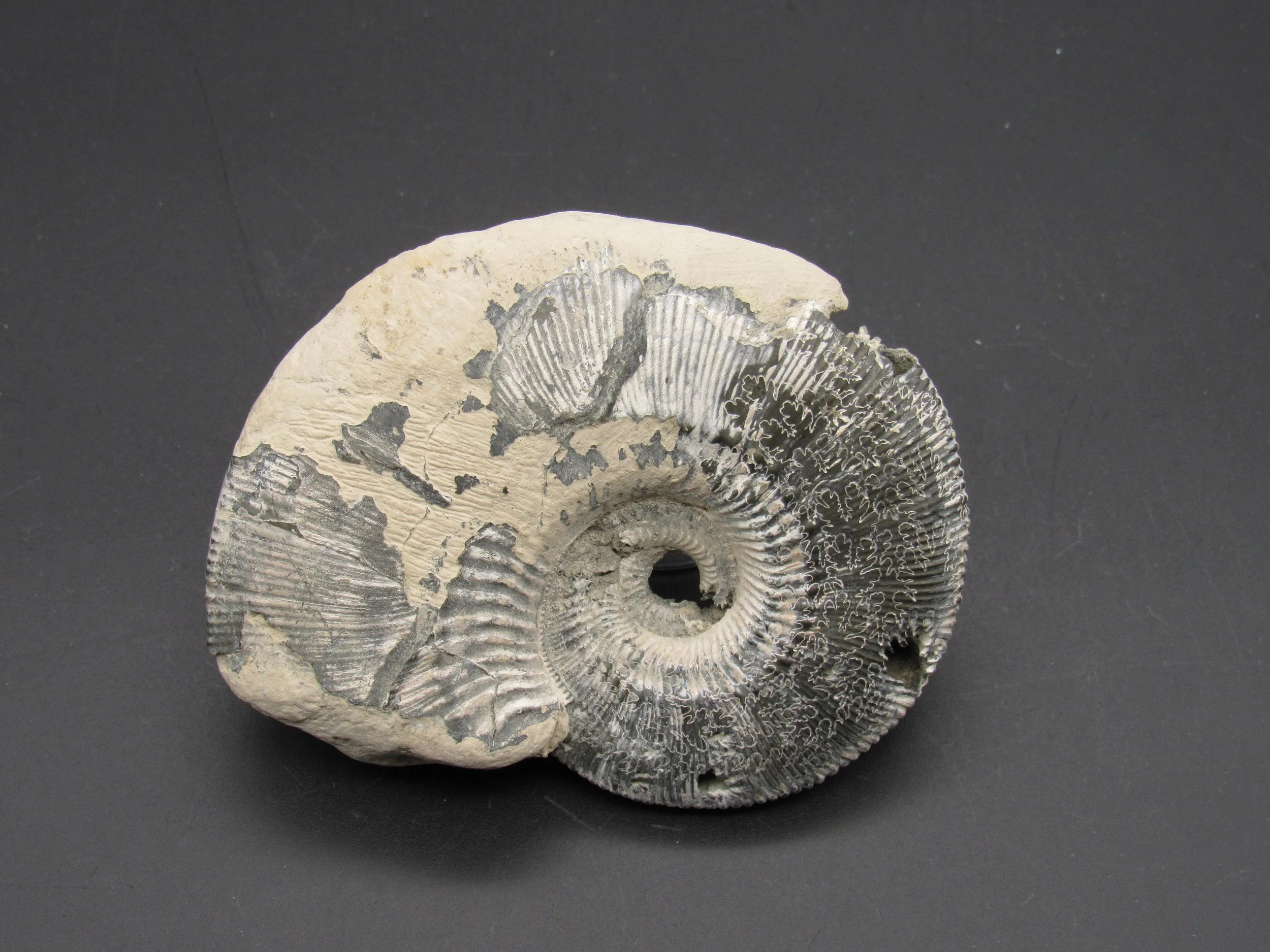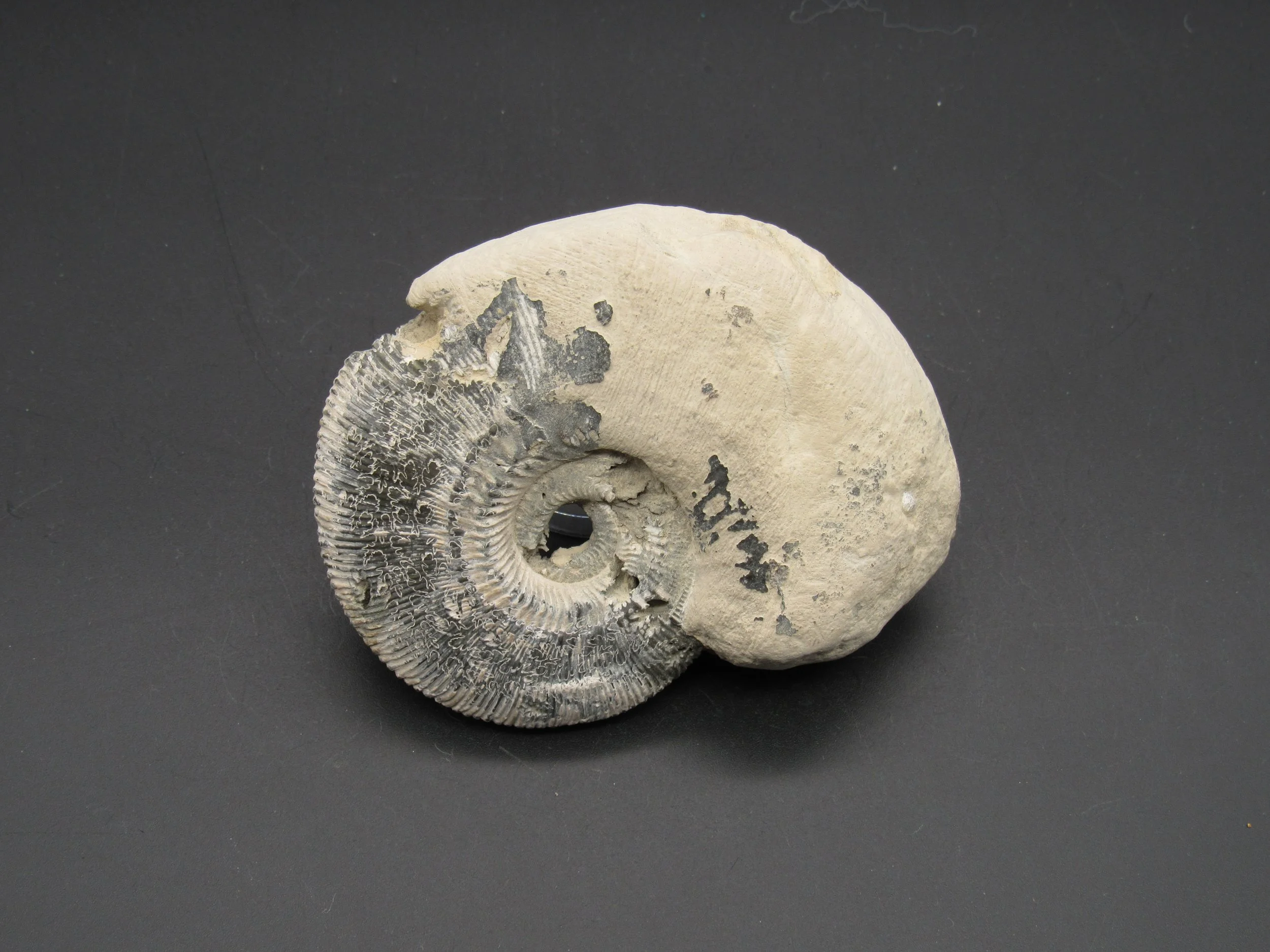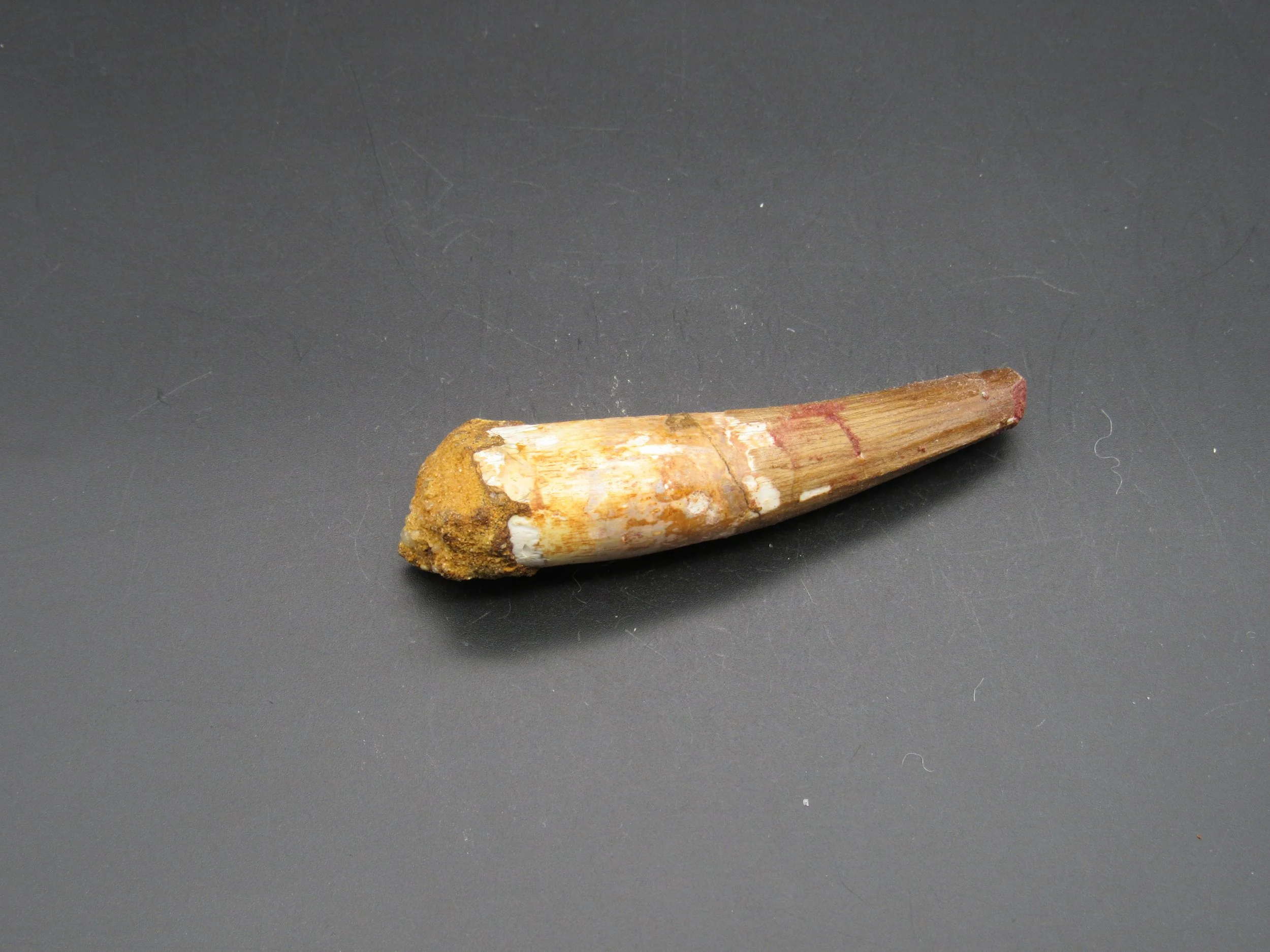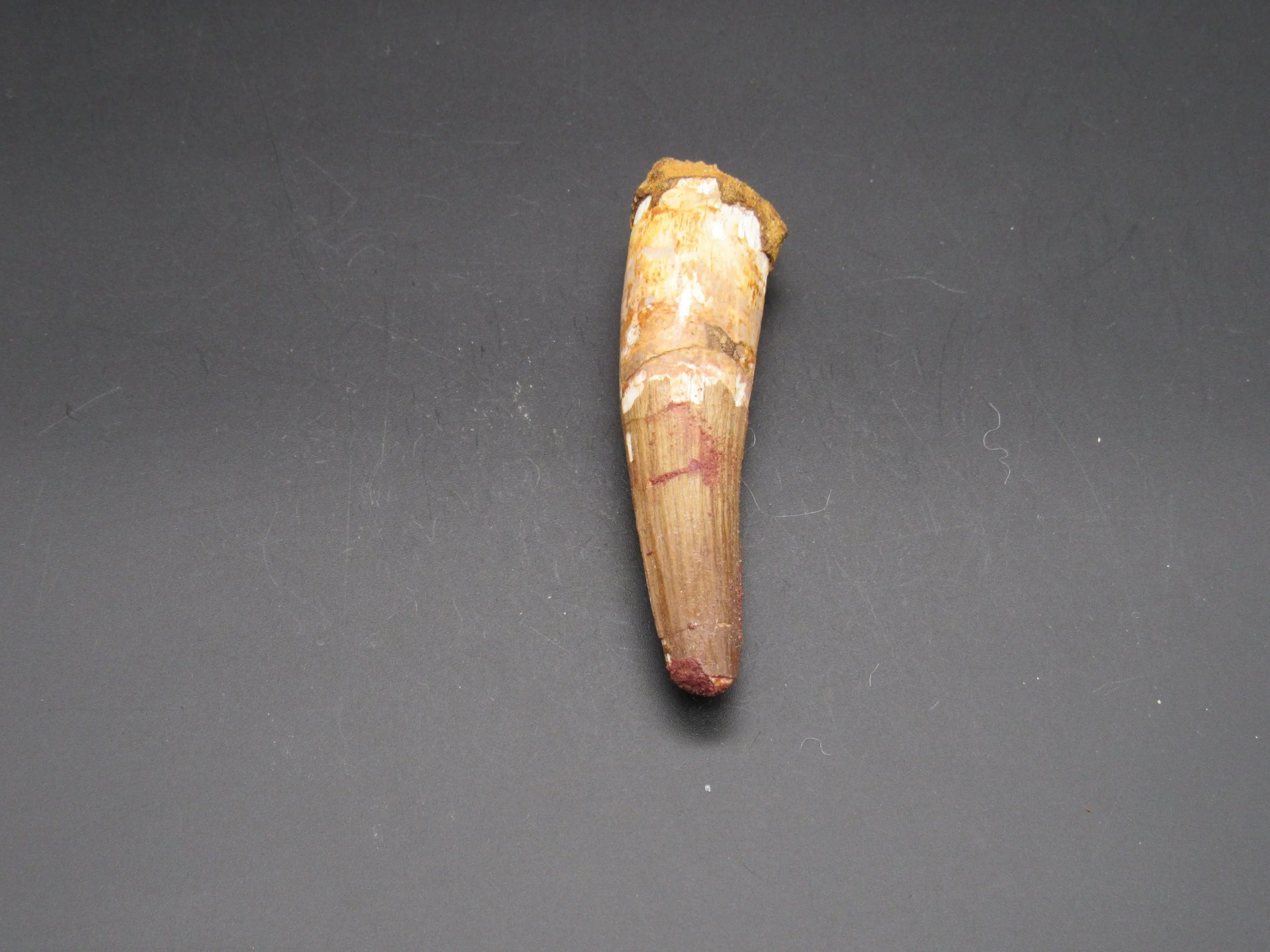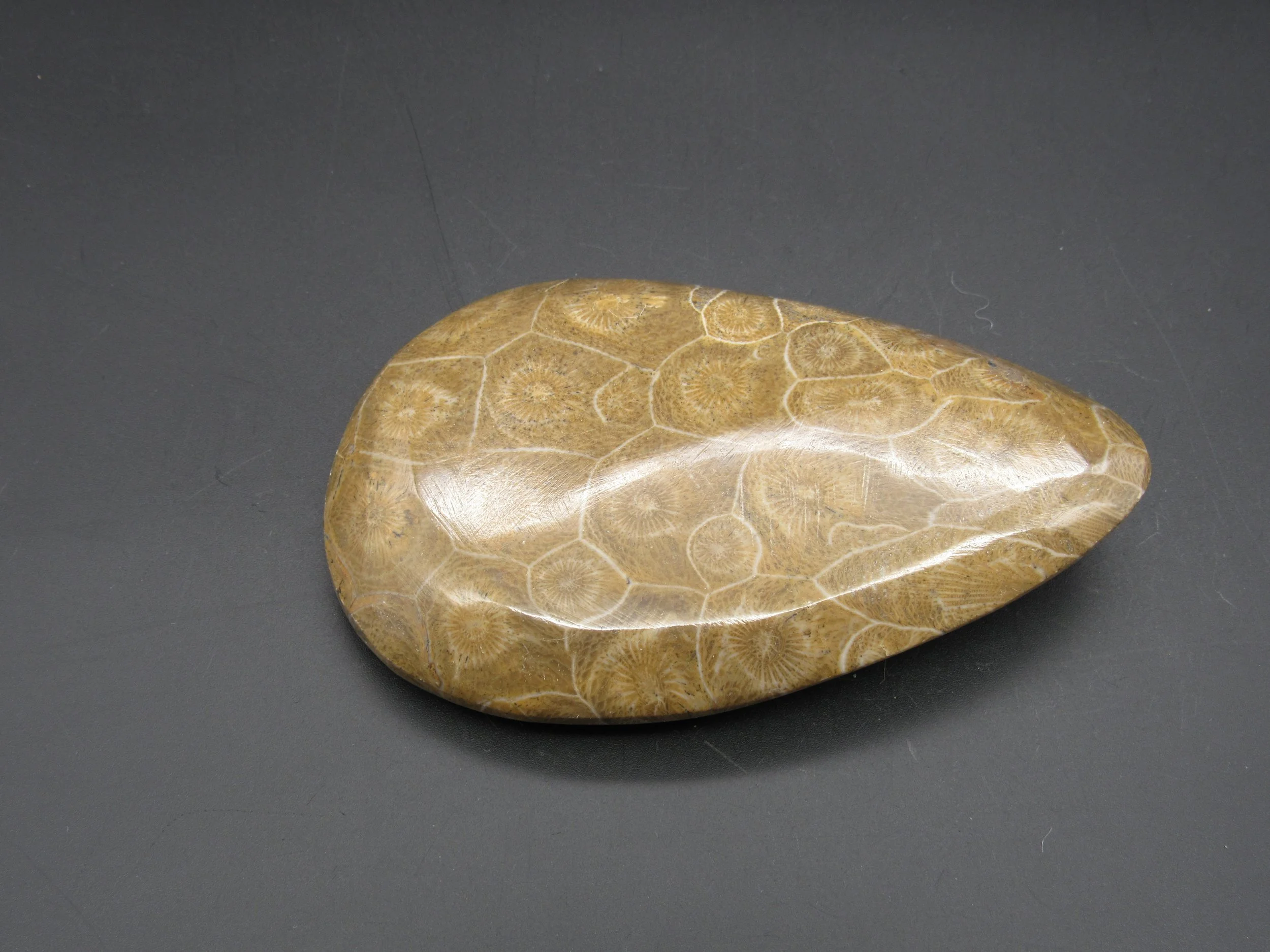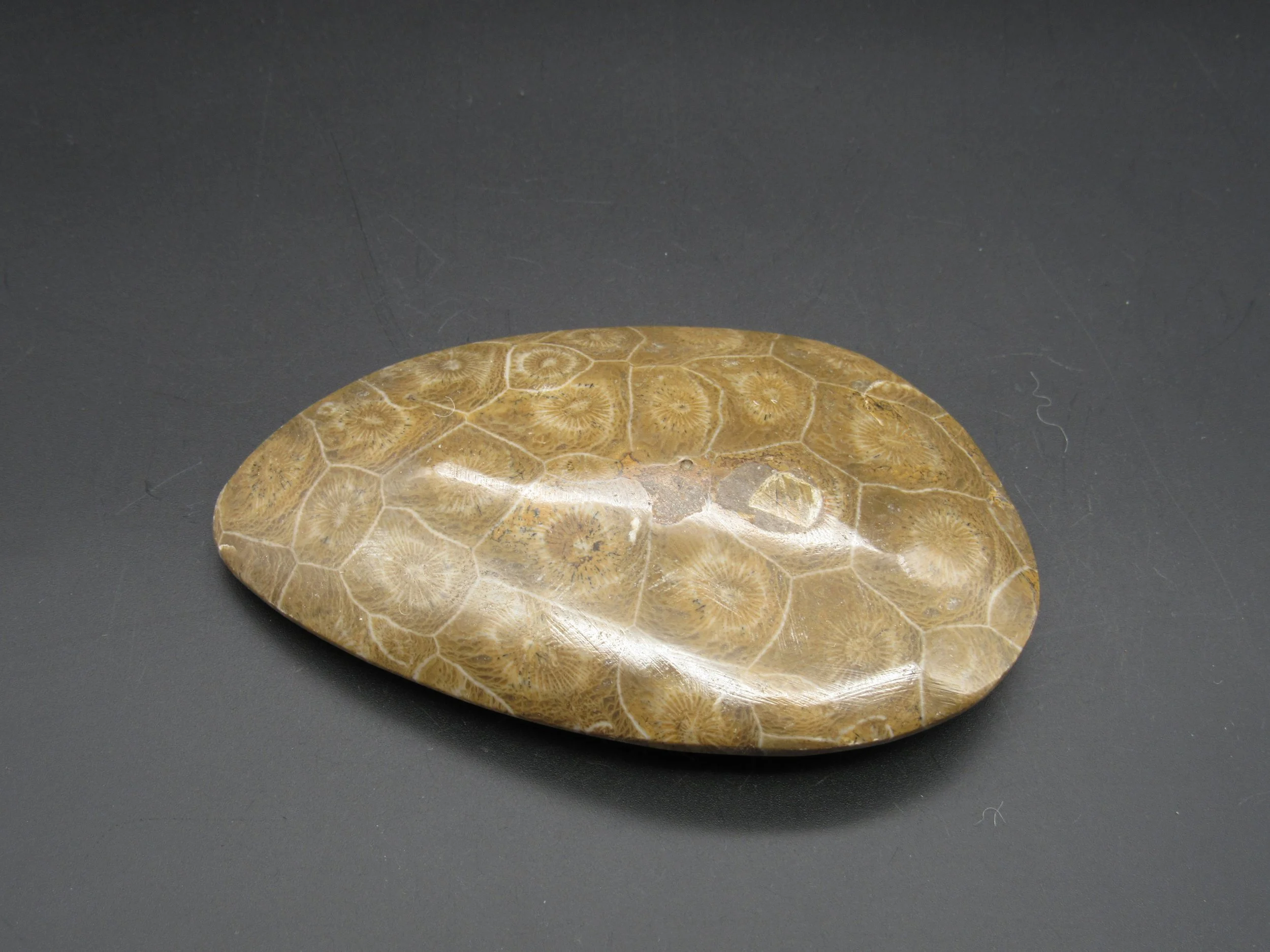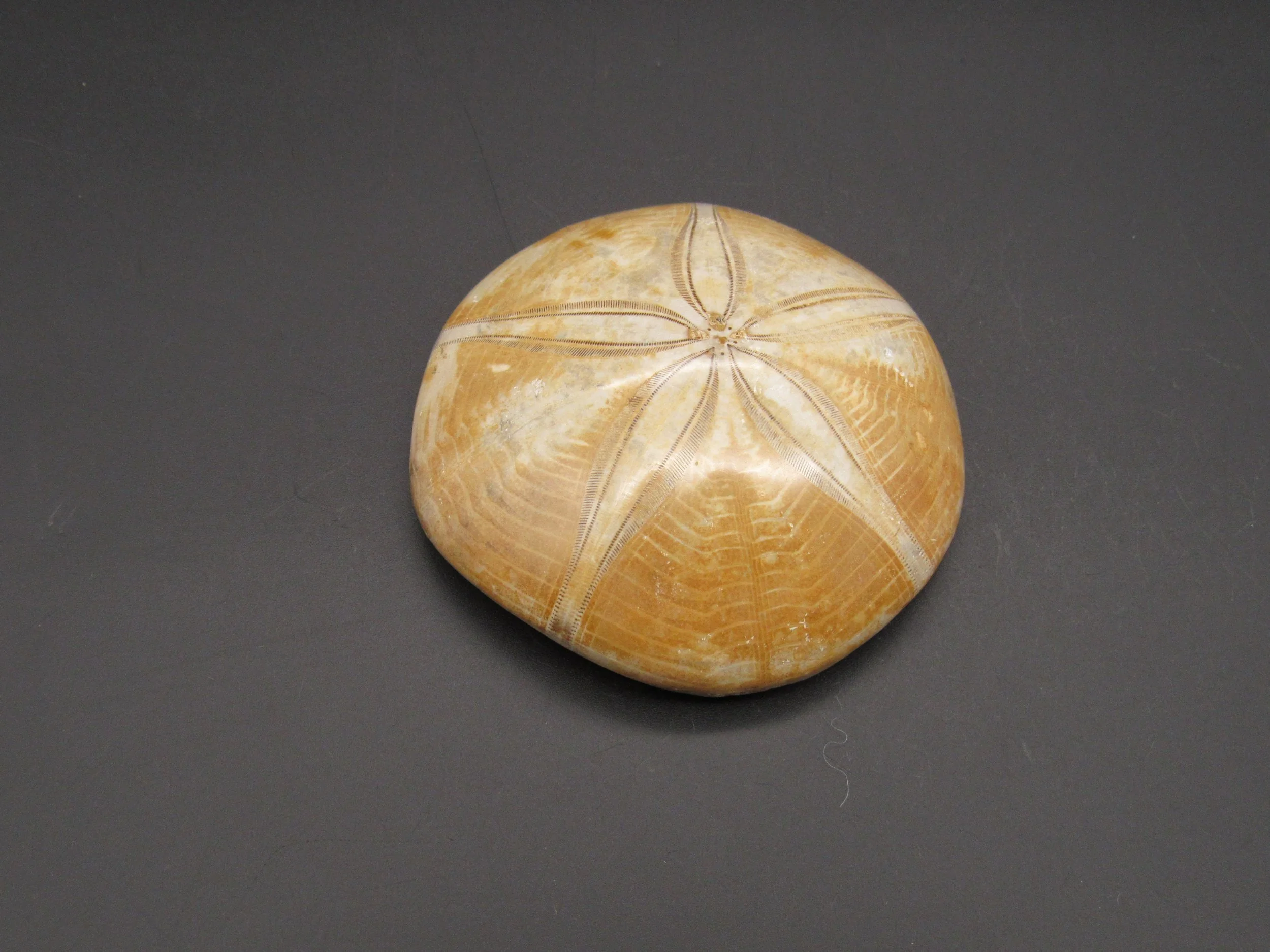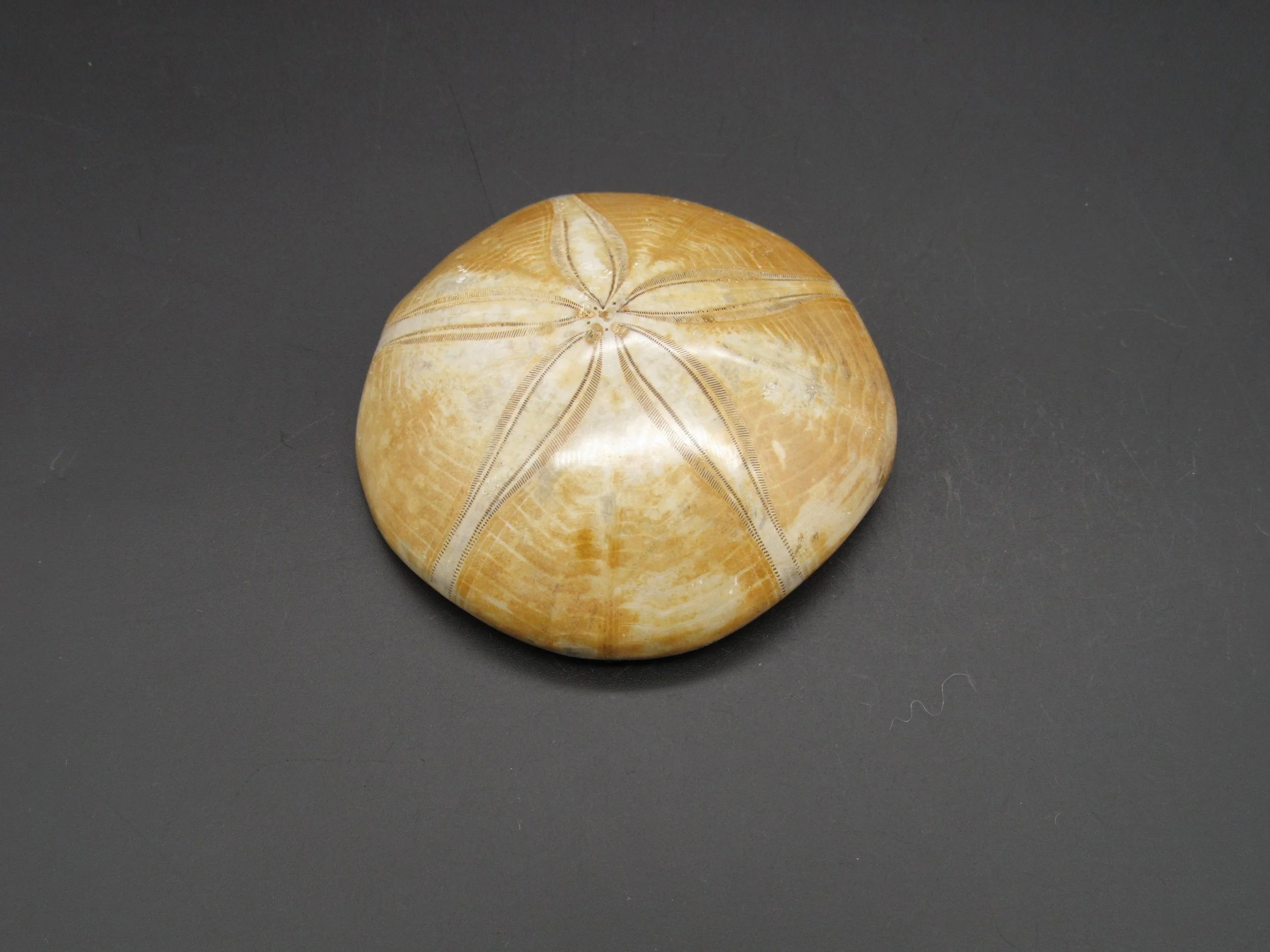Fossil Shrimp - Lebanon
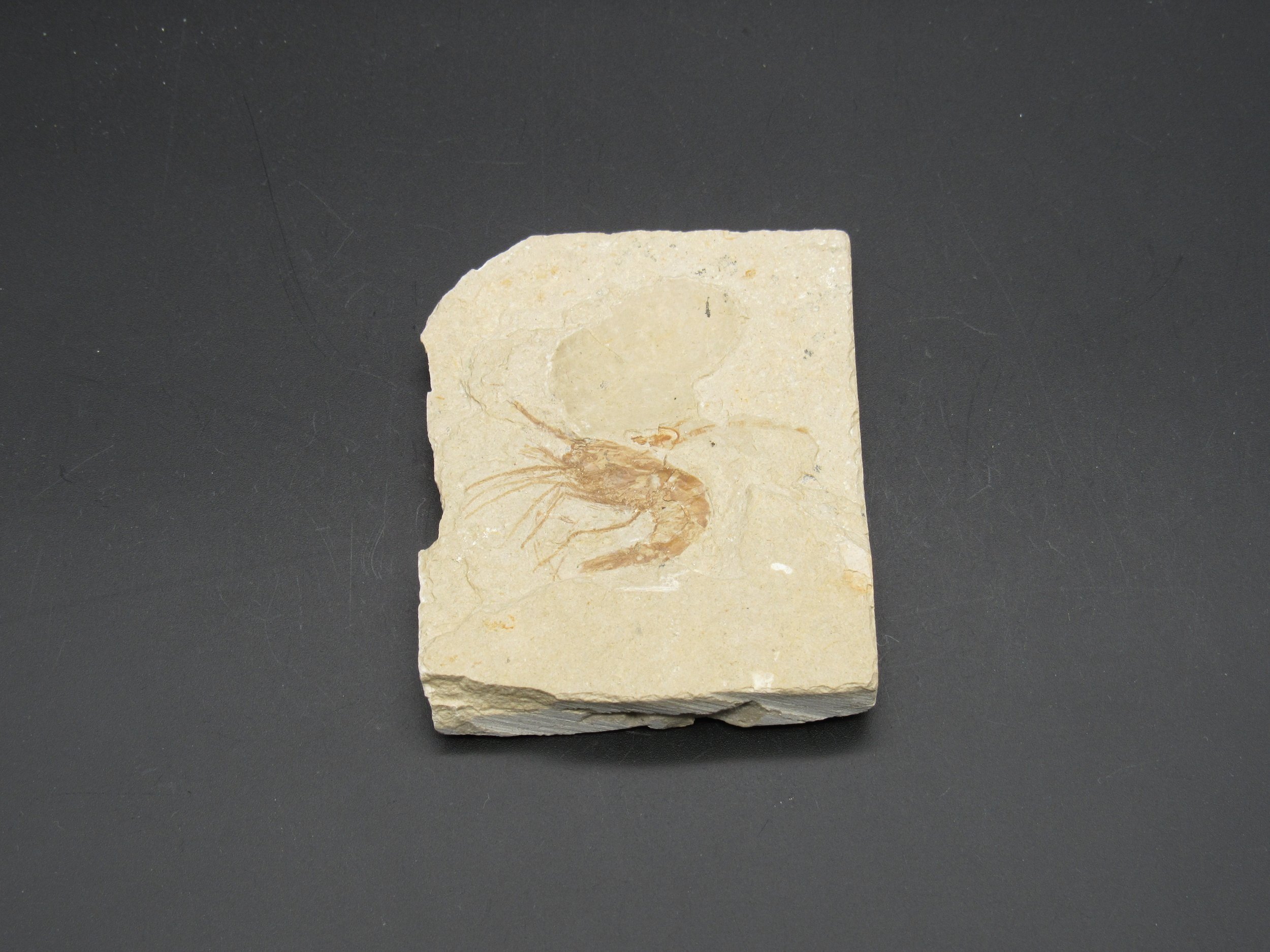
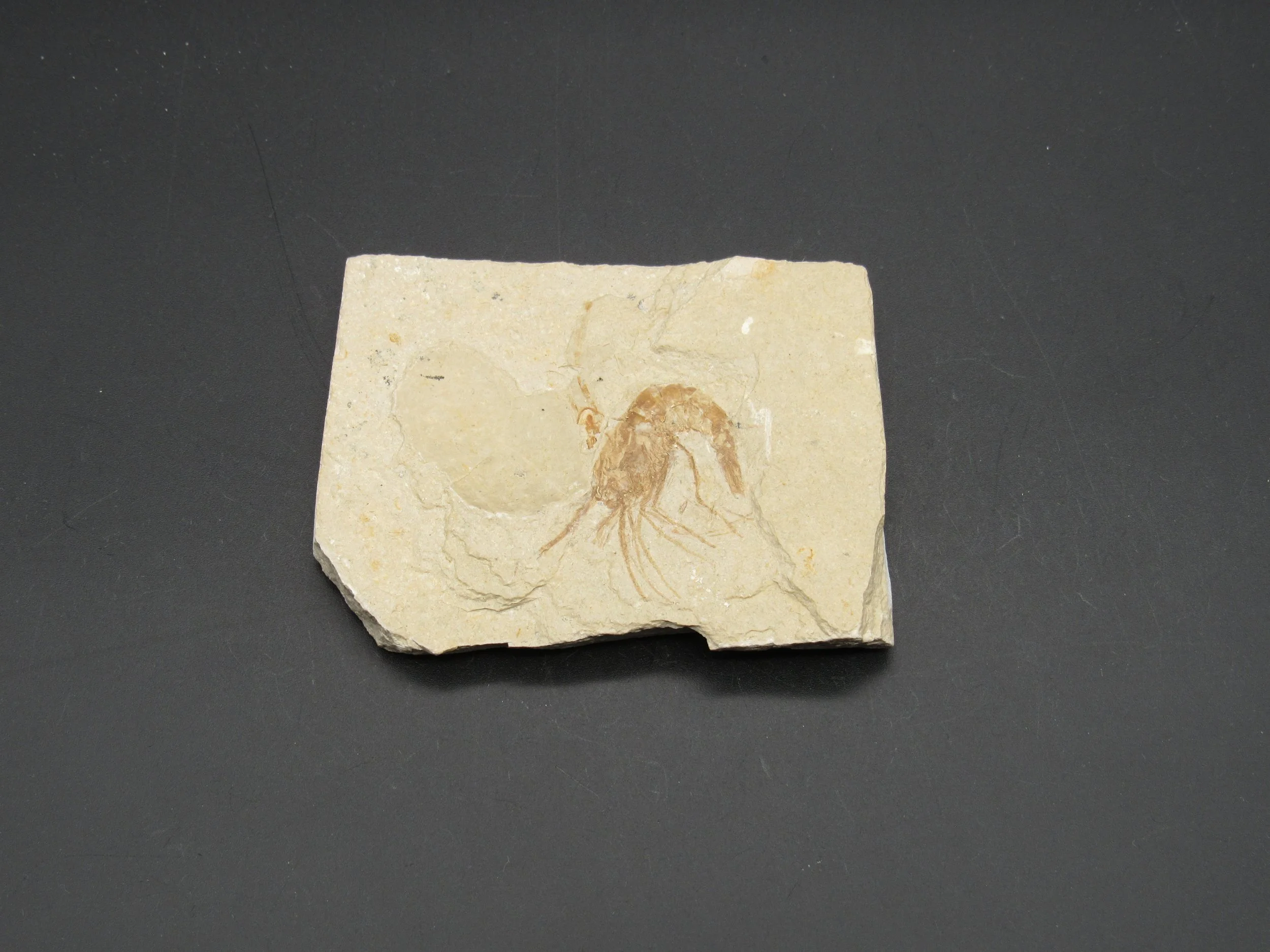
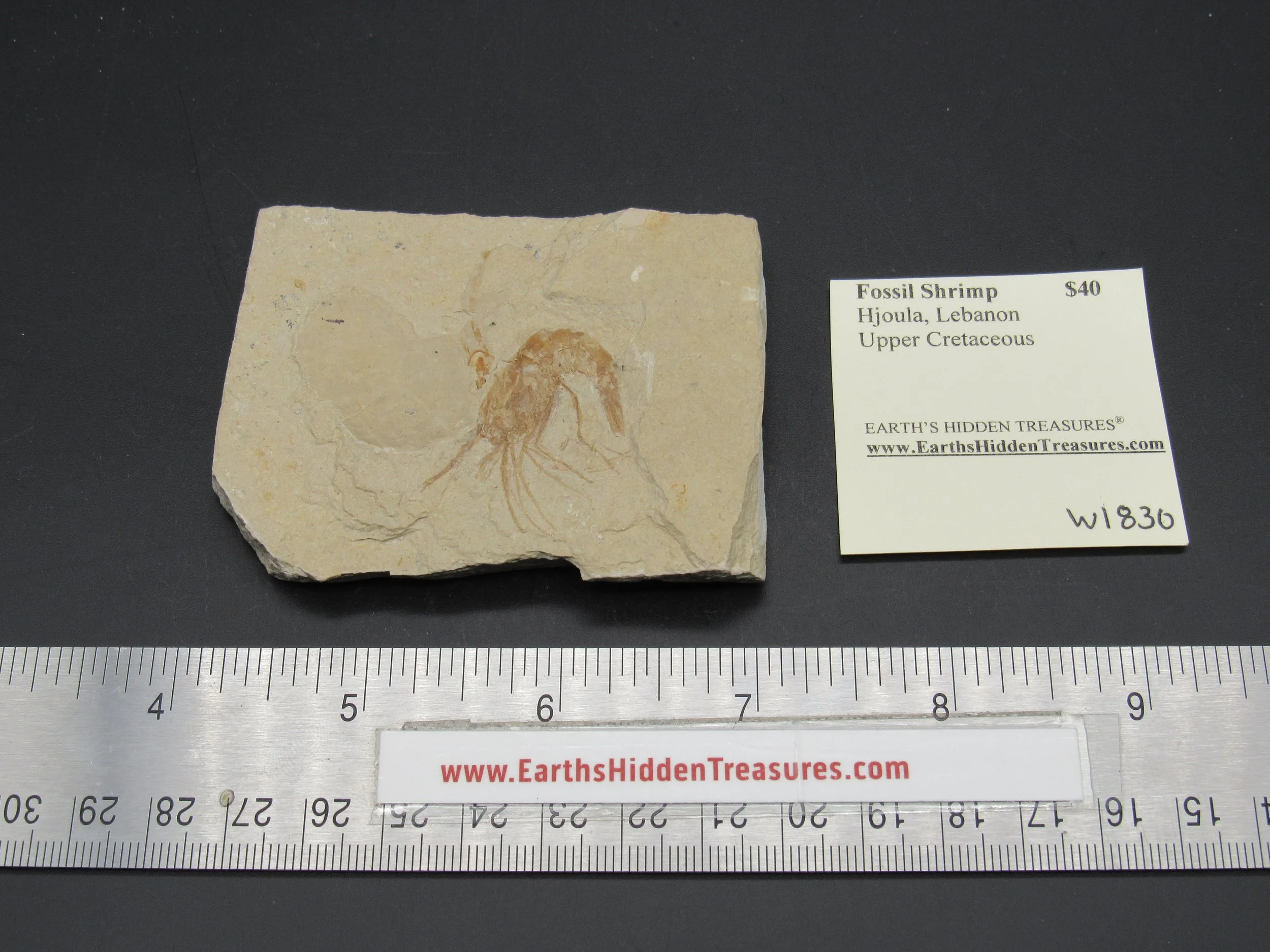
Fossil Shrimp - Lebanon
Location: Hjoula, Lebanon
Size: 2.96 × 2.34 × 0.36 inches
Fossil shrimp from Lebanon represent a fascinating glimpse into the ancient marine ecosystems that once thrived in this region. These fossils are primarily found in the sedimentary rocks of the Jurassic and Cretaceous periods, revealing a diverse array of crustaceans that lived over 100 million years ago.
One of the notable aspects of Lebanese fossil shrimp is their exceptional preservation. The fine-grained limestone and shale formations in which they are discovered allow for detailed observation of their morphology, including their cephalothorax, antennae, and appendages. Fossils such as these provide critical insights into the evolution of crustaceans and their ecological roles in prehistoric environments.
The region's geology, impacted by tectonic activity, has contributed to the exposure of these fossils, making Lebanon a significant site for paleontological studies. Collectors and enthusiasts alike value fossil shrimp for their historical significance, adding unique pieces to mineral and fossil collections.
In summary, fossil shrimp from Lebanon not only exemplify the region's geological history but also enhance our understanding of ancient marine biodiversity. Their intricate details and well-preserved state make them a compelling subject of study for both scientists and collectors.

